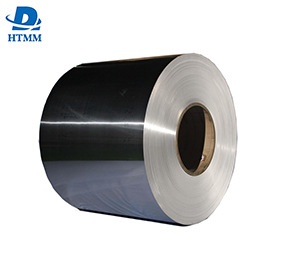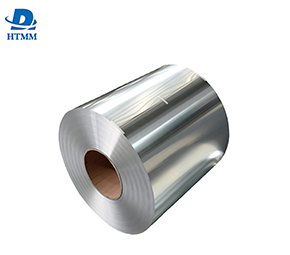Aluminum foil is one of the most widely used food packaging materials in the world due to its low cost, versatility and good barrier properties. In the aluminum foil world, 3003 H24 aluminum foil and 8011 H24 aluminum foil variants have proven to be particularly effective for disposable food containers and food service applications. As a leading aluminum foil manufacturer, we find these grades of aluminum foil to be both economical and easy to use while keeping food fresh.
Both 8011 and 3003 aluminum foils fall into the H24 classification, which indicates their toughness or thickness. The H represents the softness or hardness of the material, and the 24 grade has good formability and sufficient packaging strength to be used to make disposable food containers/lunch boxes.

The names 3003 and 8011 refer to the alloys used. 3003 foil contains manganese as the main alloying element, which has excellent formability. This allows containers made from 3003 to take on complex shapes with minimal force during the production process. 8011 aluminum, on the other hand, contains manganese and some copper. The addition of copper makes 8011 slightly stronger than 3003 while maintaining good flexibility.
In terms of barrier properties, both grades excel at preventing gases such as oxygen and moisture from penetrating the foil. Aluminium foil food container raw material. This is essential for keeping food fresher for longer, whether in the microwave, oven or fridge. Aluminium's dense, non-porous structure means it forms an excellent gas barrier, comparable to materials such as plastic, but at a lower cost. The tight molecular structure of the metal foil does not degrade over time due to repeated heating or cooling cycles.
A key advantage of these foils is their resistance to grease and oil. Compared to paper or plastic alternatives, foods containing fats and oils can be safely lined or wrapped without the risk of leaks. Lubricated aluminium foils are used in container making. This makes them ideal for use as takeaway or microwave food containers, such as fried chicken, pizza, hamburgers and more. The non-stick surface also means minimal grease is left behind, keeping kitchen surfaces clean.

From a sustainability perspective, aluminium foil is one of the most widely used recyclable materials today. It can be recycled indefinitely without loss of quality – maintaining its barrier properties over multiple life cycles. Both 3003 and 8011 aluminum can be transported and recycled using existing infrastructure. This gives them an advantage over single-use plastics, which often end up in landfills. Aluminum also requires much less energy to produce than plastic or other common packaging materials such as glass.
In terms of manufacturing, high-speed production lines can economically form 3003 and 8011 foil into a variety of shapes, whether it is flat sheets, cups, trays or cans. Complex shapes with grooved or embossed patterns can provide structure and additional insulation. Micro-perforations can also be used in applications that require ventilation. As an established manufacturer, we can customize production to meet a variety of packaging needs.
Cost remains a major consideration for single-use food packaging. Compared to other materials, 3003 and 8011 aluminum foils offer excellent value. Their thin H24 temper makes efficient use of aluminum while providing the necessary barrier properties and strength. Combined with high production speeds, this can reduce material costs.

In summary, 8011 and 3003 aluminum foils in the H24 temper grades have proven to be high-performance materials for single-use or short-term food containers. Their formability, oil resistance, barrier properties, and recycling potential make them ideal for everything from takeaway boxes to frozen meal trays. As sustainable and economically produced packaging, they remain hard to beat in many applications. We hope this overview provides valuable insights into why these foils are quickly becoming the global standard for single-use food packaging.





